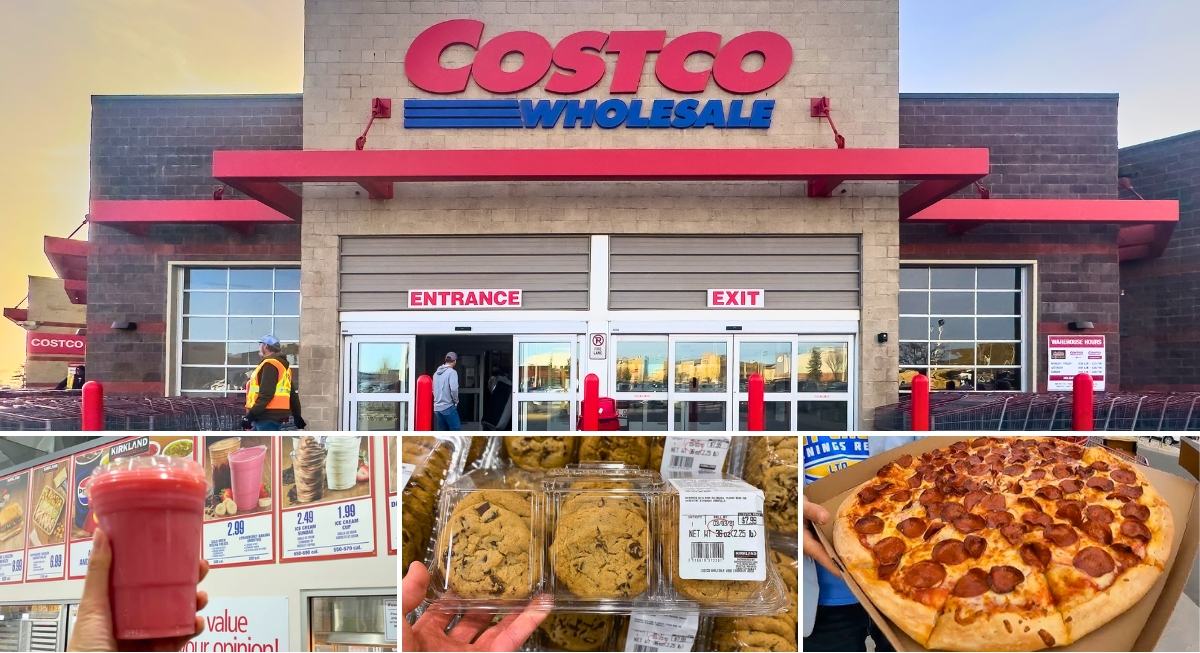Food labels were quite misleading back in the 1970s. ‘Low-fat’ didn’t mean low-calorie, ‘fortified’ didn’t mean nutritious, and ‘instant’ usually meant processed beyond recognition. Questionable meat substitutes and sugar-laden drinks were consumed without a care in the world—because, hello, they were healthy, right?
Thankfully, with more awareness, these foods were finally considered unhealthy and not safe for regular consumption. Check out these common foods that were once marketed as healthy but definitely wouldn’t make the cut today.
Sizzlean
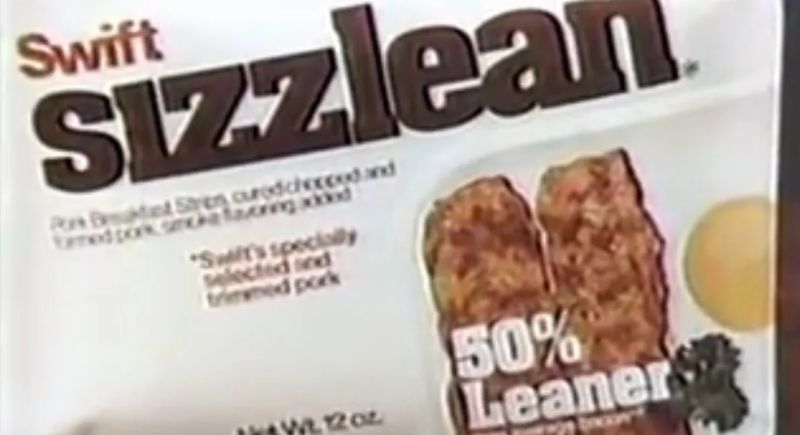
Credit: Reddit
Sizzlean hit shelves in 1977, claiming 50% less fat. At the time, lower fat content was believed to make processed meats healthier, so people thought this was a better alternative to bacon. And while it did have less fat than traditional bacon, it still contained 37% fat by weight. Despite the clever branding, it was still processed meat with preservatives and sodium—just with a snappier name.
Shake ’n Bake
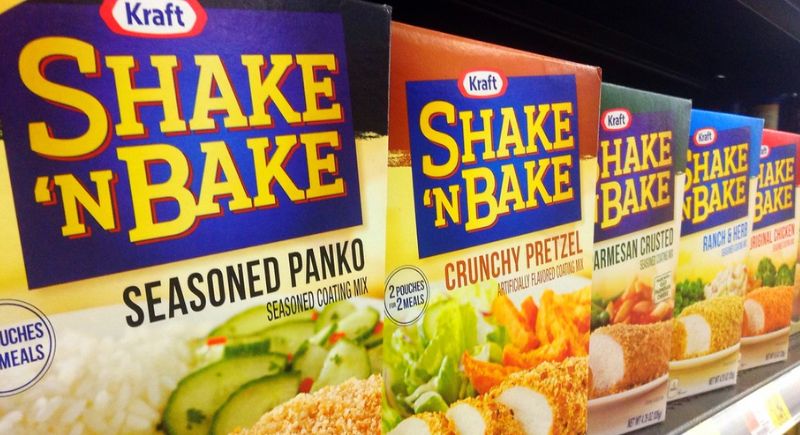
Credit: flickr
Baking instead of frying seemed like a smart choice, especially when frying was starting to be blamed for heart disease. But Shake ’n Bake’s breadcrumb coating came loaded with sodium, preservatives, and artificial flavors. While it did cut out excess frying oil, it also introduced a long list of processed ingredients that weren’t exactly part of a clean diet.
Hunt’s Snack Pack Pudding
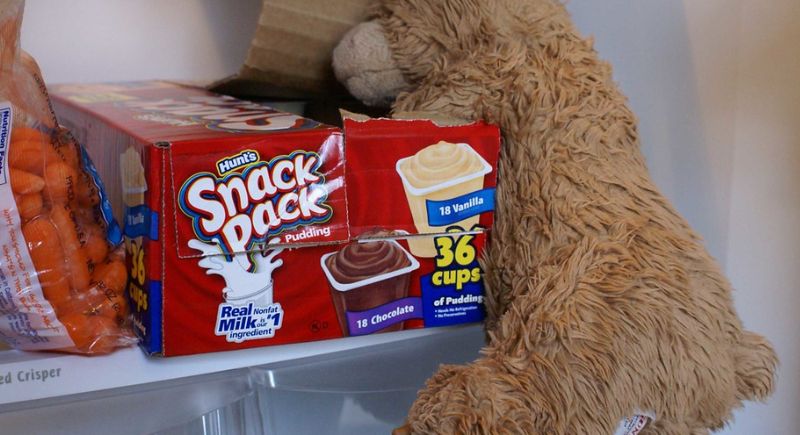
Credit: flickr
These single-serve puddings were advertised as a convenient and wholesome treat. Parents in the ’70s saw them as a nutritious dessert option fortified with vitamins. But their aluminum-can origins weren’t the only problem. Each serving was packed with sugar, artificial thickeners, and synthetic flavors. Even though they switched to plastic packaging, their nutritional value remained just as questionable.
Tang
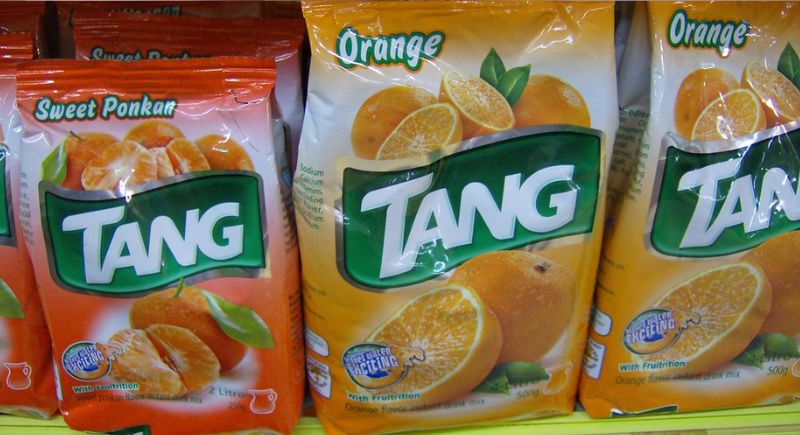
Credit: flickr
Tang was a drink made famous by astronauts. It was marketed as a vitamin C-rich drink. While it did contain the vitamin, it was mostly sugar, artificial flavors, and food dyes. Its appeal was more about space-age branding than actual nutrition. In short, just because it went to space didn’t mean it was good for you.
Cool Whip
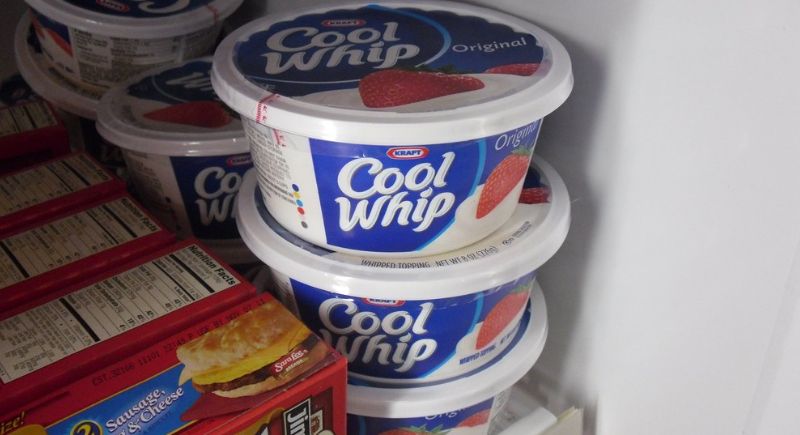
Credit: flickr
This alternative to whipped cream was anything but natural. Its fluffy texture came from hydrogenated vegetable oils, high fructose corn syrup, and chemical stabilizers. Cool Whip looked light and airy, but nutritionally, it was closer to margarine than dairy-based whipped cream.
TV Dinners
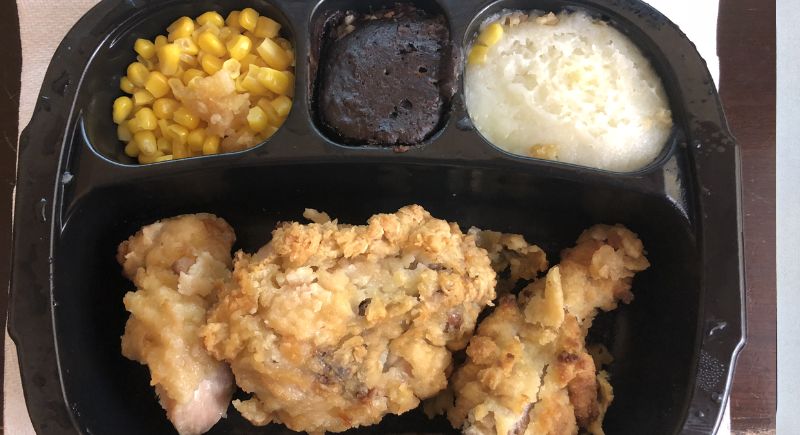
Credit: Wikimedia Commons
Frozen meals were the future of convenience, but they weren’t exactly nutritious. During the ’70s, portion control and easy meal prep were becoming priorities, so pre-portioned dinners seemed like a balanced choice. These dinners had long shelf lives but lacked fresh ingredients and were often packed with sodium, preservatives, and restructured meats. They were portion-controlled but definitely not balanced.
Wonder Bread
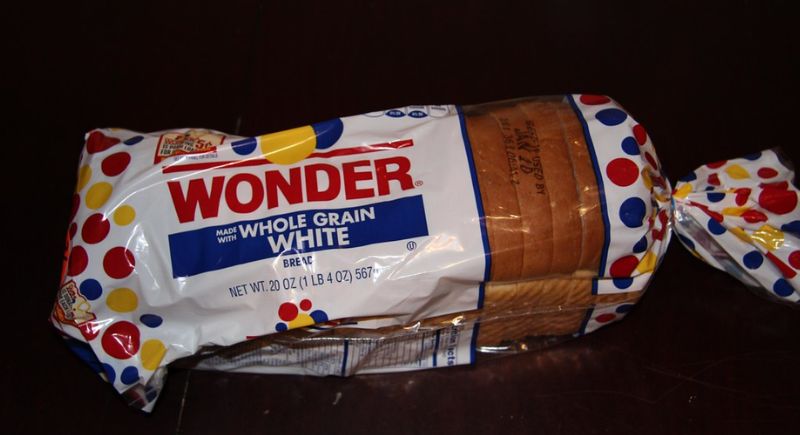
Credit: flickr
This ultra-soft white bread was enriched with vitamins, which helped give it a “healthy” reputation. However, it lacked whole grains and fiber, meaning it spiked blood sugar quickly but left you hungry soon after. Despite the nutrients added back in, it remained nutritionally inferior to whole wheat bread.
Carnation Instant Breakfast

Credit: Reddit
This instant breakfast also gained popularity as a quick, nutritious meal replacement. However, it contained added sugars, artificial flavors, and tons of processed ingredients. Although the breakfast drink did include some vitamins, its overall nutritional value was nothing close to ‘healthy.’
Tab
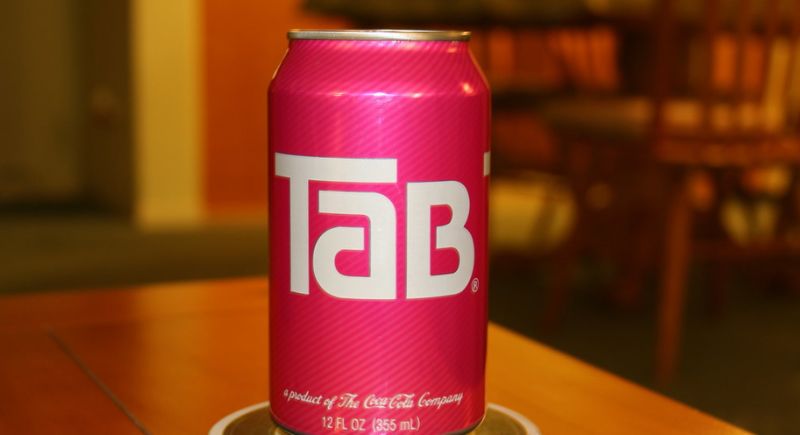
Credit: flickr
Coca-Cola’s first diet soda promised a slimmer waistline but contained saccharin, an artificial sweetener later linked to cancer concerns in lab rats. Though it had no calories, it wasn’t exactly a health drink, and by the ’80s, its reputation faded as newer diet sodas took over.
Jell-O Salad

Credit: Wikimedia Commons
Mixing fruits or even vegetables into gelatin was seen as a nutritious side dish. But with high amounts of sugar, artificial colors, and questionable additives, Jell-O salads were more about appearance than actual health benefits. They were fun at potlucks but far from a smart dietary choice.
Instant Noodles
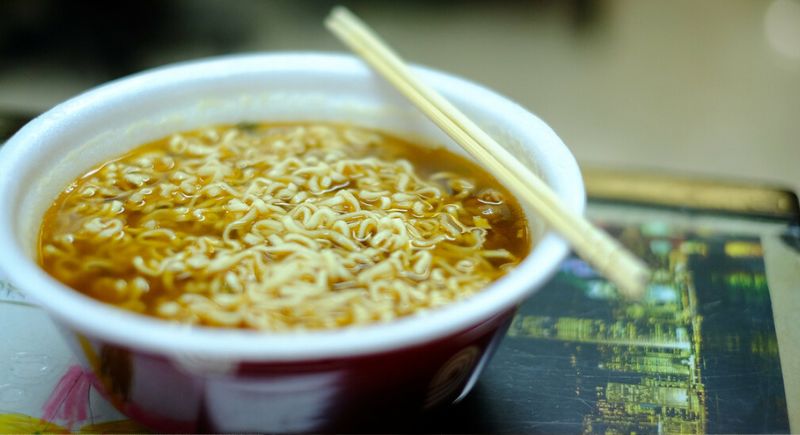
Credit: flickr
This quick and convenient meal was loaded with sodium—a fact that many people back in the 1970s didn’t know. Instant noodles seemed like a time-saver, but they were really just starchy empty calories.
Cheez Whiz
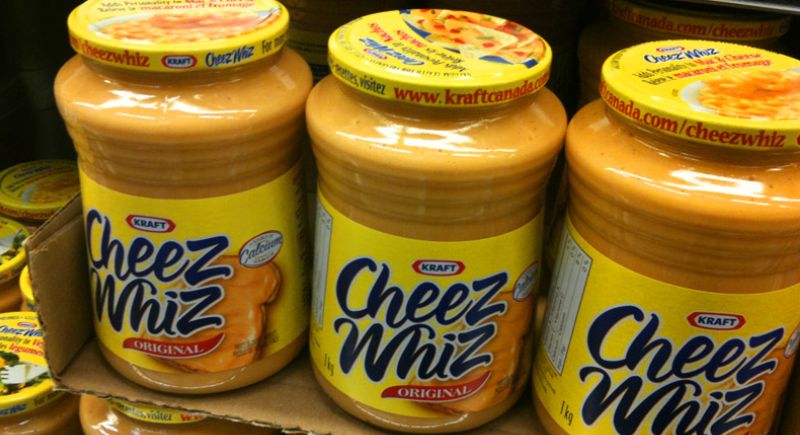
Credit: flickr
This cheese spread contained more emulsifiers and artificial ingredients than actual cheese. Its bright orange color and smooth texture came from processing and had nothing to do with natural dairy. While it made for an easy nacho topping, real cheese was a far healthier option.
Sunny Delight
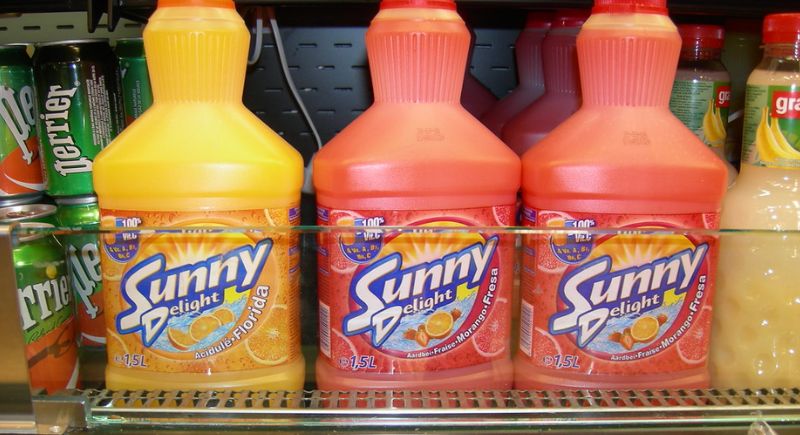
Credit: flickr
Sunny Delight was as fake as it could get. Its bright color and citrusy taste were often mistaken for natural orange juice. In reality, it was mostly high fructose corn syrup, artificial flavors, and a tiny percentage of real juice. This sugar-laden drink had no associations with a nutritious morning beverage.
Pop-Tarts
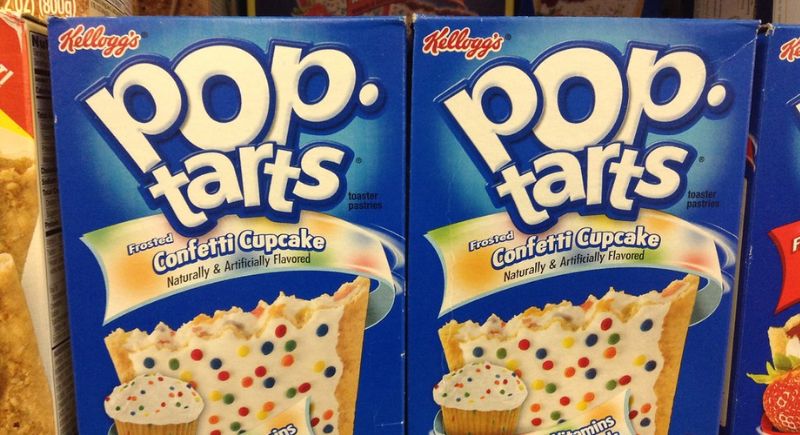
Credit: flickr
Pop-Tarts were actually frosted pastries filled with sugary filling. Each serving contained processed flour and preservatives. Even the flavors were artificial and offered little to no real nutrition.
Fruit Roll-Ups

Credit: flickr
Parents believed they were buying a fruit-based snack, but Fruit Roll-Ups were mostly sugar. The recipe also had artificial dyes and fructose. Despite their name, real fruit was barely present. It’s better to call them a candy in disguise instead of an actual fruit treat.


